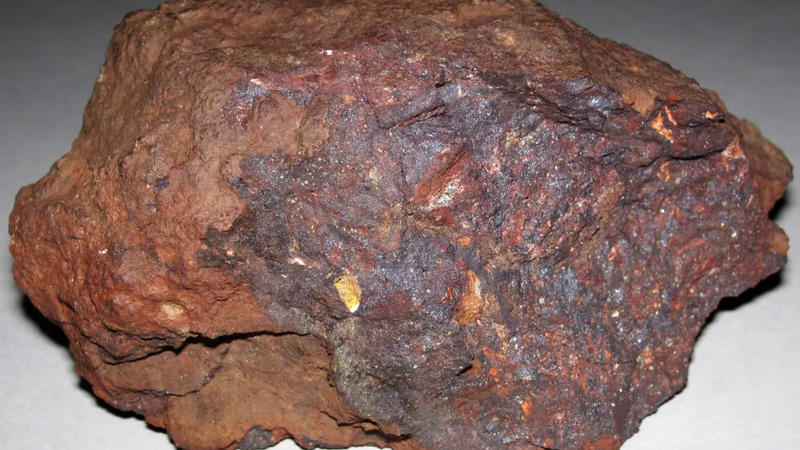
How does the hematite trade shape the economy of the Middle East and West Asia?
Hematite, a primary source of iron ore, plays a vital role in the mineral trade ecosystem across West Asia and the Middle East. This region has become a dynamic hub for import and export of raw materials like hematite, bauxite, galena, sphalerite, coal, cassiterite, chalcopyrite, and chromite. The hematite trade market in the Middle East is particularly robust, driven by high demand from industries such as steel production and construction. Verified exporters and importers in West Asia leverage platforms like Aritral to streamline their supply chain solutions and access regional product listings effectively. The supply and demand for hematite in West Asia have been fueled by large-scale mining operations and the strategic location of the Middle East, which acts as a trade bridge between Asia, Europe, and Africa. Iron ore suppliers in Asia capitalize on this regional connectivity to export hematite minerals to markets worldwide. Business networking efforts in West Asia further enhance partnerships between hematite traders and buyers, ensuring seamless trade transactions. Other minerals such as bauxite, galena, and sphalerite also contribute significantly to the commodity trade.
Bauxite, a critical input for aluminum production, has witnessed growing trade volumes in West Asia, driven by increasing industrial activities. Similarly, galena and sphalerite, essential for lead and zinc extraction, are key contributors to the mineral trade economy. Coal, cassiterite, chalcopyrite, and chromite round out the list, with each playing a pivotal role in shaping the economic landscape of the region. Platforms like Aritral support these trading dynamics by offering AI-powered marketing and international sales assistance. By simplifying regional trade processes, they facilitate growth opportunities for mineral businessmen and traders in the Middle East and West Asia.
-
 Najmeddin 1 months ago
Najmeddin 1 months ago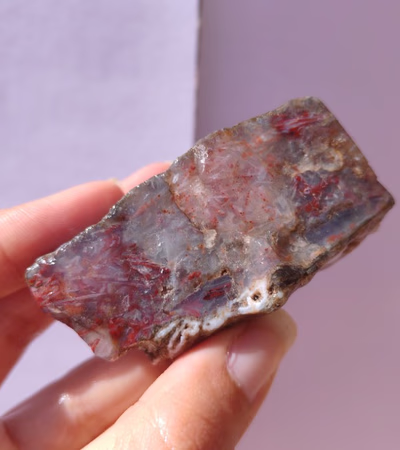 Morocco
Sunstone 150g
Morocco
Sunstone 150g
For more info contact me on WhatsApp or GmailDetails
-
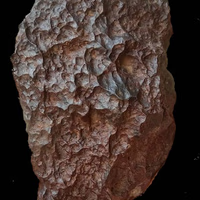 Rahmani 3 months ago
Rahmani 3 months ago Oman
meteorite
Oman
meteorite
meteorite with certificate around 3500grDetails
-
 Abdulrahim Alharbi 1 months ago
Abdulrahim Alharbi 1 months ago Saudi Arabia
Meteorite
Saudi Arabia
Meteorite
Spherical meteoriteDetails
-
 Hossam 3 months ago
Hossam 3 months ago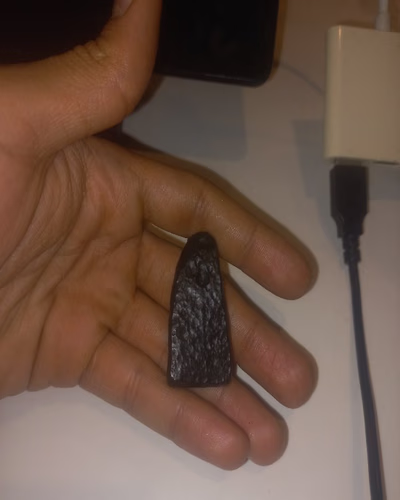 Saudi Arabia
Tsinat Meteor
Saudi Arabia
Tsinat Meteor
Tsinat meteor or taktit I don't know I want to sellDetails
-
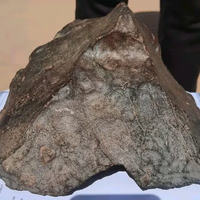 Kamal Go 1 months ago
Kamal Go 1 months ago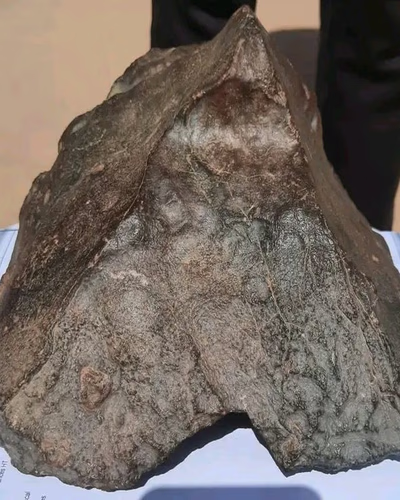 Morocco
Meteorites
Morocco
Meteorites
Meteorites are stones that fall from the skyDetails
-
 Saif 1 months ago
Saif 1 months ago Jordan
Hematite Strength and Stability
Jordan
Hematite Strength and Stability
The hidden properties that you will not find on Earth except from Him and the call of the asceticDetails
-
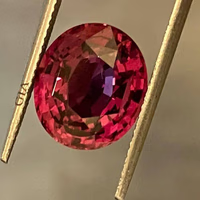 Ahjar Karima Wa Niyazk 1 months ago
Ahjar Karima Wa Niyazk 1 months ago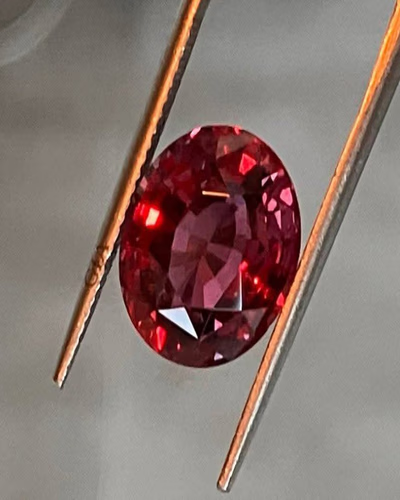 United Arab Emirates
Stones and Meteorites
United Arab Emirates
Stones and Meteorites
Precious and semi-precious stones, rare and common, meteorites, and volcanic rocksDetails
-
 Fathisayed 4 months ago
Fathisayed 4 months ago Egypt
Precious Stones
Egypt
Precious Stones
Transparent StoneDetails
-
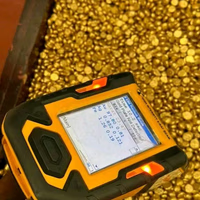 Frederic Gizenga 4 months ago
Frederic Gizenga 4 months ago Kenya
Gold, Diamond, Used Rails, Copper Cathodes, Tantalite, Cashew Nuts
Kenya
Gold, Diamond, Used Rails, Copper Cathodes, Tantalite, Cashew Nuts
Merchandise Available!!! Product: Gold Nuggets Weight: 23 Karat Purity: 97% Quantity:4500kgs Price: $ 60,000 Per Kg Commission: $ 3000 Per Kg ...Details
-
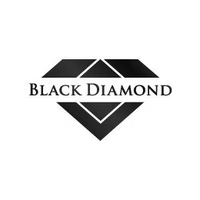 Eng. Lotfy Kamel 4 months ago
Eng. Lotfy Kamel 4 months ago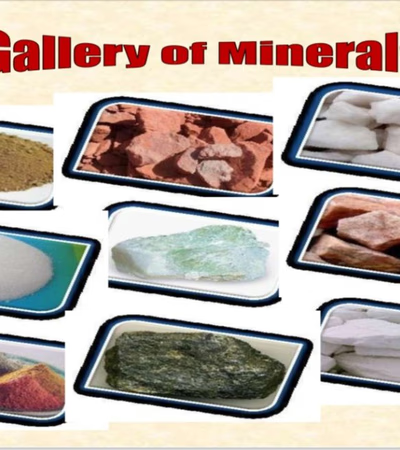 Egypt
Mineral and Industrial Raw Materials
Egypt
Mineral and Industrial Raw Materials
We are a rapidly growing Egyptian company, founded by a group of specialized experts who have great experience in the field of trade, mining, and supp...Details
-
 Majid Abdullah Mohsen Al-Harazi 1 months ago
Majid Abdullah Mohsen Al-Harazi 1 months ago Yemen
Meteorites and Minerals
Yemen
Meteorites and Minerals
Meteorite StonesDetails
-
 Roya Molaei 1 months ago
Roya Molaei 1 months ago Iran
Iron Ore and Polymetal Mine
Iran
Iron Ore and Polymetal Mine
Iron ore mine and sale of hematite and polymetallic soilDetails
-
 Naif N 1 months ago
Naif N 1 months ago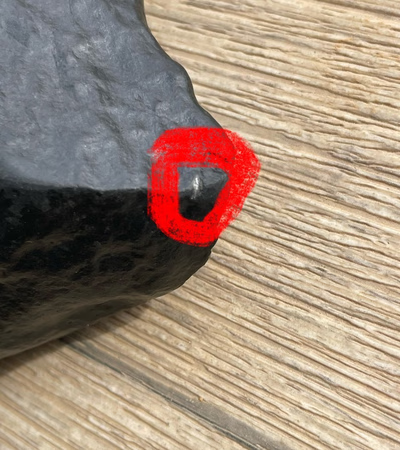 Saudi Arabia
Iron Meteorite: The outer crust of the meteorite indicates that it is recently fallen
Saudi Arabia
Iron Meteorite: The outer crust of the meteorite indicates that it is recently fallen
For sale: Iron meteorite, magnetic attraction, weight (338 grams), and the outer crust of the meteorite indicates that it is recently fallen and not o...Details
-
 Marocrystal 1 months ago
Marocrystal 1 months ago Morocco
Natural Selenite Stone
Morocco
Natural Selenite Stone
Natural Selenite LampDetails
-
 Abdel Moutalib 6 months ago
Abdel Moutalib 6 months ago Mauritania
Abdel Moutalib
Mauritania
Abdel Moutalib
I have some meteorites.Details
-
 Kedir Oumer 6 months ago
Kedir Oumer 6 months ago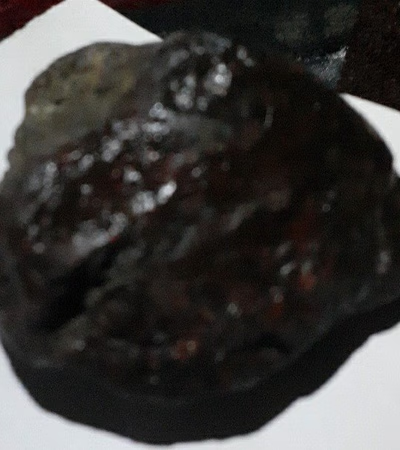 Ethiopia
I have a black diamond of different quality and type. I want to sell it. I have different types of natural minerals.
Ethiopia
I have a black diamond of different quality and type. I want to sell it. I have different types of natural minerals.
I have a black diamond of different quality and type. I want to sell it. I have different types of natural minerals.Details
-
 Nasr Gasm 1 months ago
Nasr Gasm 1 months ago Yemen
Gemstones and Diamonds
Yemen
Gemstones and Diamonds
Gemstones, diamonds, and meteoritesDetails
-
 مهندسین تامین پرتیکان 1 months ago
مهندسین تامین پرتیکان 1 months ago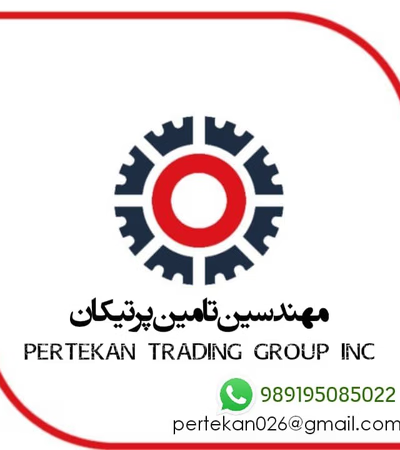 Iran
Minerals
Iran
Minerals
Hello, selling hematite with a grade from 25 to 52 for cement and steel production and other minerals. Mines are near the Iraq border. High quality is...Details
-
 Bilal 6 months ago
Bilal 6 months ago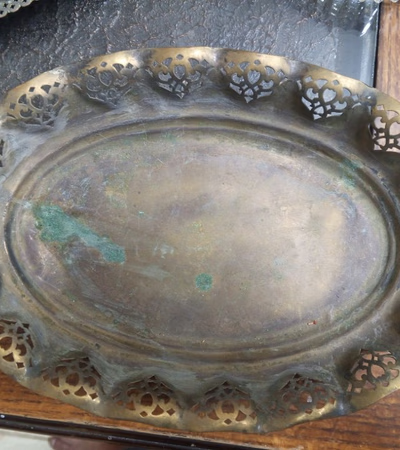 Jordan
Precious Stones Ruby Diamond Agate Emerald
Jordan
Precious Stones Ruby Diamond Agate Emerald
We have Yemeni agate stones, ruby, emerald, amber, coral.Details
-
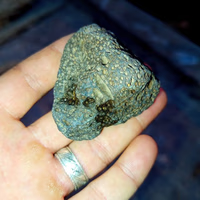 نيزك 1 months ago
نيزك 1 months ago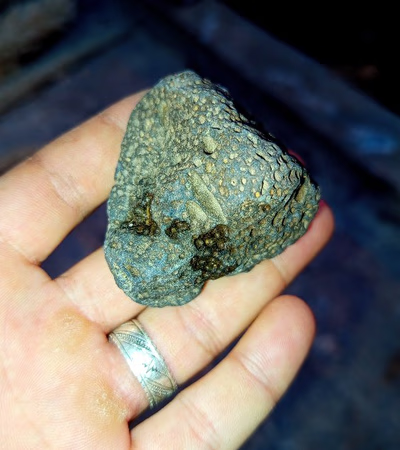 Algeria
نيازك
Algeria
نيازك
نيزكDetails
-
 Sabf Al-Islam Saleh 1 months ago
Sabf Al-Islam Saleh 1 months ago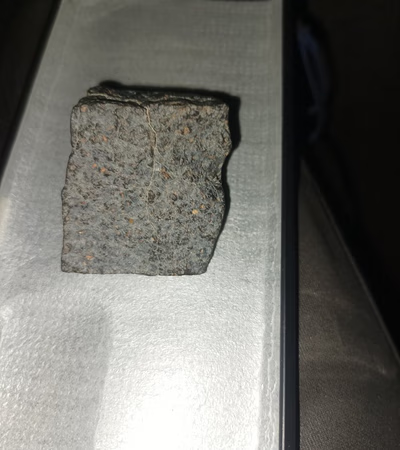 Libya
Precious Stones
Libya
Precious Stones
Attracts the magnetDetails
-
 Ilgin Naz Menteş 1 months ago
Ilgin Naz Menteş 1 months ago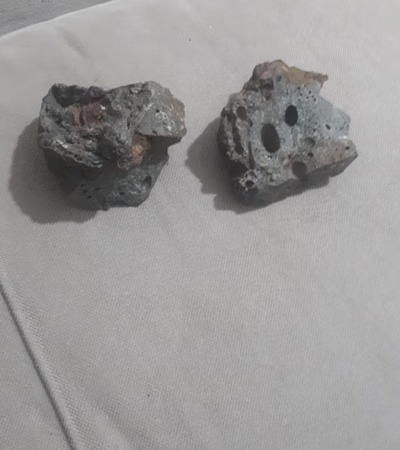 Turkey
Meteorit
Turkey
Meteorit
They are laboratory confirmed meteorites, I have about 44 kg of them, these are just a sampleDetails
-
 دولار 1 months ago
دولار 1 months ago Iraq
Fossil Fish
Iraq
Fossil Fish
A fossil trait found underground at a depth exceeding twenty metersDetails
-
Cassiterite Trade Dynamics in West Asia and Middle East
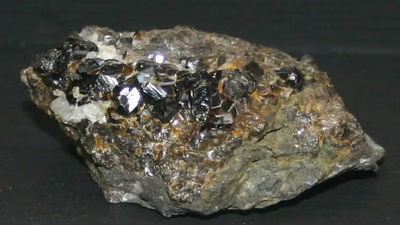
Cassiterite, a mineral essential for tin extraction, holds significant value in global trade, especially within West Asia and the Middle East. This region"s mineral trade platforms, including tin ore, have emerged as pivotal hubs for connecting verified exporters and importers, fostering robust B2B marketplace dynamics. Cassiterite"s importance is underscored by its applications in electronics, construction, and industrial manufacturing, with significant demand from international markets driving local economies. Tin ore traders in the Middle East operate within a sophisticated supply chain powered by regional insights and AI-driven tools like Aritral, which facilitate product listings and direct communication between stakeholders. The supply and demand dynamics of cassiterite in West Asia are influenced by resource availability, regional mining capabilities, and global market trends. The mineral contributes to economic diversification, reducing dependence on oil exports by fostering mineral-based industries. Verified exporters and importers play a critical role in ensuring quality control and international compliance, enhancing the credibility of the regional cassiterite trade. Beyond cassiterite, other minerals such as bauxite, chalcopyrite, chromite, hematite, galena, sphalerite, and coal are integral to West Asia"s economy.
For instance, bauxite trade supports aluminum production, while chalcopyrite and sphalerite bolster copper and zinc markets, respectively. Chromite, crucial for steel production, and hematite, a primary iron ore, further strengthen the region"s economic framework. These minerals collectively shape the region’s supply chain dynamics and international trade relations, aided by innovative trade platforms offering advertising and networking solutions. Aritral simplifies the trading process by enabling profile management, AI-powered marketing, and global sales assistance, bridging gaps between suppliers and consumers in the mineral industry. As West Asia continues to develop its mineral trade capabilities, cassiterite remains a cornerstone, driving economic growth and fostering international collaboration.
-
Chalcopyrite Trade Dynamics in the Middle East and West Asia

Chalcopyrite, a vital copper sulphide mineral, plays an essential role in the global trade landscape, particularly within the Middle East and West Asia. The region"s rich mineral reserves have positioned it as a critical hub for copper ore trade, connecting suppliers and traders to international markets. Chalcopyrite is widely sought after by industries producing electrical wire, construction materials, and advanced electronics, making it a high-demand commodity for importers and exporters. In West Asia, chalcopyrite mining operations contribute significantly to the copper supply chain, supporting regional economies while feeding global demand for copper products. Verified exporters and importers on B2B marketplaces in Asia are leveraging platforms to streamline their operations, ensuring secure transactions and efficient logistics solutions. Middle Eastern traders, enriched by market insights and trade advertising platforms, are increasingly penetrating international markets by promoting regional product listings of chalcopyrite and other minerals such as chromite, hematite, bauxite, galena, sphalerite, coal, and cassiterite. The Middle Eastern chalcopyrite market benefits from its proximity to major shipping routes and robust business networking opportunities. West Asian suppliers are particularly pivotal in bridging the gap between consumers and sellers of copper metal ore, fostering collaboration across supply chains.
As demand grows, businesses in the region are investing in advanced extraction technologies and trade solutions, enhancing their competitiveness. Aritral, an AI-driven B2B platform, provides a streamlined avenue for chalcopyrite traders in Asia and the Middle East to connect with verified partners and expand their market reach. Its tools for product listing, communication, and AI-powered marketing are tailored to meet the dynamic challenges of the commodity trade sector. "
-
Chromite Trade Dynamics in West Asia and the Middle East
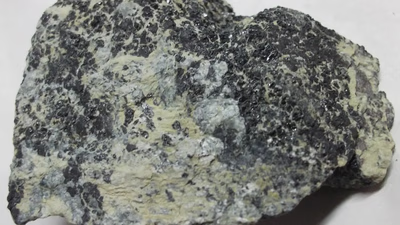
Chromite, a vital mineral for stainless steel production and other industrial applications, holds significant importance in the global commodity trade. West Asia, particularly the Middle East, has emerged as a critical hub for chromite trading, leveraging its strategic location and expansive trade networks. This region"s chromite market is characterized by strong demand from Asian merchants of chrome metal ore, connecting verified exporters and importers through platforms that facilitate seamless transactions. Chromite deposits in West Asia, though smaller compared to global leaders like South Africa and Kazakhstan, are pivotal for regional supply chains. These deposits often serve as intermediate sources for Asian markets, ensuring consistent availability for industrial needs. The Middle East"s trade platform ecosystem actively supports chromite marketing and trading by offering regional product listings, market insights, and business networking opportunities. Verified exporters and importers utilize these platforms to streamline supply chain operations, ensuring reliability and trust in transactions. Platforms advertising trade opportunities for chromite ore often integrate AI-driven tools to enhance visibility and efficiency.
In addition to chromite, West Asia excels in trading minerals like hematite, bauxite, galena, sphalerite, coal, cassiterite, and chalcopyrite. Iron ore suppliers in Asia capitalize on the hematite trading market, driven by demand for steelmaking. Similarly, bauxite trade flourishes due to its importance in aluminum production, while galena and sphalerite cater to lead and zinc industries, respectively. Coal remains indispensable for energy, and cassiterite supports tin production. Chalcopyrite, a primary copper ore, shapes the region"s economic landscape through its critical role in global mineral exports. Platforms like Aritral simplify international trade in these commodities by offering product listings, AI-powered marketing, and profile management. As West Asia continues to grow its mineral trade portfolio, its role in shaping global supply chains becomes increasingly prominent. "
-
Coal Trade Dynamics in West Asia and Middle East
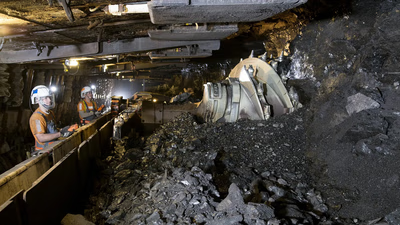
Coal remains a cornerstone of global energy markets, playing a pivotal role in industrial development. In West Asia and the Middle East, coal trade dynamics are influenced by a growing demand for reliable energy sources and industrial raw materials. West Asian coal traders and suppliers engage actively in regional export-import activities, leveraging B2B marketplaces that emphasize verified exporters and importers to ensure trust and quality in transactions. This region"s coal trade is characterized by strong supply chain solutions and market insights, allowing businesses to navigate fluctuating demand and regulatory complexities efficiently. Coal producers and consumers across Asia have developed robust networks to meet energy and industrial needs, with high demand markets in East Asia driving exports. Target markets for coal exports from West Asia include countries like India and China, which consume substantial quantities for electricity generation and steel production. These trade flows are facilitated by platforms offering detailed regional product listings, enabling buyers to locate verified suppliers efficiently. The coal trade also intersects with other mineral trading activities in West Asia, including bauxite, chromite, chalcopyrite, hematite, galena, cassiterite, and sphalerite.
Each mineral contributes uniquely to the regional economy, with bauxite supporting aluminum production, chromite essential in steelmaking, and sphalerite critical for zinc supply chains. B2B marketplaces in this region, such as Aritral, simplify these transactions through AI-powered marketing and profile management tools, ensuring businesses connect seamlessly. Market trends indicate that coal consumption in West Asia is expanding due to industrial growth, while exports remain robust to meet global energy demand. Verified exporters and importers play a crucial role in maintaining the integrity of these trade relationships, underscoring the importance of advanced trade advertising platforms for business networking. Coal’s significance in energy security and industrial development ensures sustained economic impact in West Asia and the Middle East. "
-
Galena and Mineral Trade in the Middle East: Trends and Insights
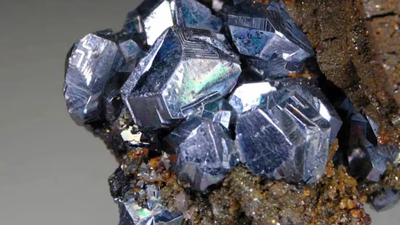
Galena, a natural lead sulfide mineral, is a cornerstone resource in the Middle East and West Asia"s mineral trade. Its prominence in the region stems from abundant reserves and strategic trade platforms that facilitate the import, export, and sale of this key commodity. Verified exporters and importers play a pivotal role in ensuring streamlined supply chain solutions, meeting the demand for lead ore across multiple industries, including batteries, construction, and electronics. Countries like Turkey, Iran, and Saudi Arabia are critical players in the galena trade, leveraging their geographic positioning within crucial trade corridors. The galena market in the Middle East is heavily influenced by global demand, with the Asian galena ore market acting as a significant export destination. West Asia"s reserves, including some of the largest galena mines globally, make it a hub for supply. This mineral trade not only supports local economies but also strengthens the region"s position in global commodity markets. While advancements in mining technology enhance extraction efficiency, platforms like Aritral ensure that trade is transparent, connecting suppliers with verified buyers.
Parallel to the galena market, other minerals such as bauxite, sphalerite, coal, cassiterite, chalcopyrite, chromite, and hematite drive economic activity across the region. For instance, the bauxite trade significantly impacts the aluminum industry, while chromite supports global steel production. Similarly, sphalerite, the primary ore of zinc, and cassiterite, vital for tin production, see robust trade dynamics. These commodities are central to the Middle East"s mineral economy, supported by innovative B2B platforms offering market insights, regional product listings, and trade advertising solutions. Aritral, an AI-driven B2B platform, simplifies the complexities of mineral trade by offering services like product listing, direct communication, and AI-powered marketing, fostering seamless transactions across borders.
-
Hematite Trade and Mineral Economy in West Asia

Hematite, a primary source of iron ore, plays a vital role in the mineral trade ecosystem across West Asia and the Middle East. This region has become a dynamic hub for import and export of raw materials like hematite, bauxite, galena, sphalerite, coal, cassiterite, chalcopyrite, and chromite. The hematite trade market in the Middle East is particularly robust, driven by high demand from industries such as steel production and construction. Verified exporters and importers in West Asia leverage platforms like Aritral to streamline their supply chain solutions and access regional product listings effectively. The supply and demand for hematite in West Asia have been fueled by large-scale mining operations and the strategic location of the Middle East, which acts as a trade bridge between Asia, Europe, and Africa. Iron ore suppliers in Asia capitalize on this regional connectivity to export hematite minerals to markets worldwide. Business networking efforts in West Asia further enhance partnerships between hematite traders and buyers, ensuring seamless trade transactions. Other minerals such as bauxite, galena, and sphalerite also contribute significantly to the commodity trade.
Bauxite, a critical input for aluminum production, has witnessed growing trade volumes in West Asia, driven by increasing industrial activities. Similarly, galena and sphalerite, essential for lead and zinc extraction, are key contributors to the mineral trade economy. Coal, cassiterite, chalcopyrite, and chromite round out the list, with each playing a pivotal role in shaping the economic landscape of the region. Platforms like Aritral support these trading dynamics by offering AI-powered marketing and international sales assistance. By simplifying regional trade processes, they facilitate growth opportunities for mineral businessmen and traders in the Middle East and West Asia.
-
Sphalerite Trade Insights: Middle East and West Asia Zinc Ore Market
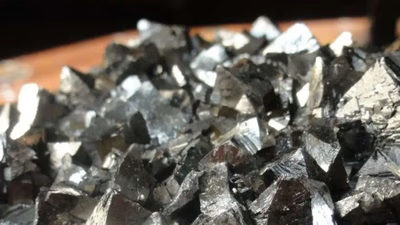
Sphalerite, a critical zinc ore mineral, plays a vital role in global trade, particularly in West Asia and the Middle East. As the primary source of zinc, sphalerite fuels industries ranging from construction to electronics. The mineral"s trade dynamics are tightly linked to the region"s economic development, with verified exporters and importers facilitating seamless transactions through modern B2B marketplaces and supply chain solutions. In the Middle East, the sphalerite mineral trade thrives on robust regional product listings and market insights, empowering traders to meet industrial demands efficiently. The demand for zinc ore in Asia is driven by infrastructure development and technological advancements, making West Asia a pivotal hub for sphalerite producers and consumers. Verified exporters ensure quality and compliance, while trade advertising platforms foster business networking opportunities. This enables suppliers to navigate complex supply chain requirements and reach broader markets. The largest sphalerite mines globally often contribute to this regional supply chain, bolstered by cutting-edge trade platforms.
Economic impacts are evident as sphalerite trade strengthens industries, generates employment, and boosts regional GDP. West Asia"s proximity to key global markets further positions it as a strategic node in the commodity trade. Insights into market trends reveal steady growth in zinc ore demand, offering lucrative opportunities for both established and emerging traders. Aritral, an AI-driven B2B platform, simplifies international trade by providing tools for product listings, AI-powered marketing, and direct communication. By connecting verified exporters and importers, platforms like Aritral optimize the sphalerite trade and other mineral markets, enhancing efficiency and growth across West Asia and the Middle East. "
-
Bauxite and Mineral Trade in West Asia and Middle East
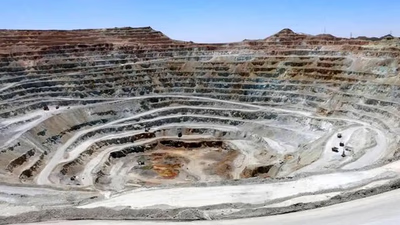
Bauxite, the primary source of aluminum, plays a critical role in global trade, particularly in the Middle East and West Asia. As industries in this region grow, demand for bauxite ore has surged, creating opportunities for both regional and international suppliers. West Asia"s bauxite trade market has become increasingly dynamic, with verified exporters from countries like India and Indonesia supplying aluminum ore to meet industrial needs. The Middle Eastern bauxite ore market is expanding due to its strategic location as a hub for global import and export activities, supported by robust supply chain solutions and advanced trade platforms. The economic impact extends beyond bauxite. Minerals like galena (lead ore), sphalerite (zinc ore), coal, cassiterite (tin ore), chalcopyrite (copper ore), chromite, and hematite are shaping the trade dynamics in the region. Verified exporters and importers of galena, for instance, contribute significantly to the lead industry, while sphalerite supports zinc production across Asia. Similarly, coal trade remains essential for energy needs, with West Asian suppliers playing a pivotal role in regional markets.
Cassiterite, chalcopyrite, chromite, and hematite also drive mineral trade, influencing production chains for tin, copper, ferroalloys, and steel, respectively. The bauxite trade is particularly impactful due to its downstream applications in aluminum manufacturing, essential for construction, transportation, and packaging industries. As demand rises, businesses leverage B2B marketplaces, such as Aritral, to streamline trade operations. These platforms offer verified supplier networks, market insights, and AI-driven marketing tools to enhance regional and international trade. By fostering transparency and efficiency, such platforms are instrumental in reshaping the mineral economy of the Middle East and West Asia. The integration of technology and trade expertise ensures that bauxite and other mineral markets continue to thrive in this economically vibrant region. "
-
The largest hematite mineral deposits in the world

Australia, Brazil, India, China, Russia, and the USA are key players in global hematite production. Australia leads with approximately 900 million tons annually, followed by Brazil at 480 million tons. India produces around 150 million tons, while China and Russia contribute 70 million and 30 million tons respectively. The USA also has significant resources with a production of about 30 million tons. Hematite mining methods vary based on location; open-pit mining is common for surface deposits, while underground mining is used for deeper reserves. Extraction techniques include crushing, washing, and separation processes to ensure high purity levels. Countries like China not only produce but also export substantial amounts of raw hematite to meet both domestic and international demands. The processed hematite is crucial for steelmaking industries worldwide.
-
Export training and international marketing of iron ore
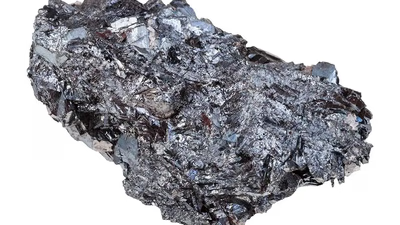
The global hematite market is highly competitive, requiring exporters to differentiate their offerings and comply with varying international standards. Key challenges include navigating shipping logistics, cultural differences, and fluctuating exchange rates. Exporters must ensure compliance with regulations and obtain necessary certifications while managing payment risks through secure systems. Effective marketing strategies involve market research, quality assurance, and establishing strong relationships with foreign customers. Engaging local agents can facilitate market entry, while continuous evaluation of performance is essential for success. Countries like China, India, Japan, South Korea, and Germany present significant opportunities due to their high demand for iron ore in various industries. Adapting to changes in market dynamics and maintaining compliance with international laws are crucial for sustainable growth in the hematite export sector.
-
What is hematite mineral?

Hematite is an iron oxide mineral (Fe2O3) known for its red, brown, and gray colors. It is primarily found in sedimentary rocks and iron ores, playing a crucial role in steel production due to its high iron content. Hematite"s formation involves the accumulation of iron particles under pressure and temperature over time, often influenced by chemical processes in aquatic environments. Its magnetic properties make it significant for manufacturing electromagnetic components. The presence of hematite can be indicated by specific colorations in soil and rocks, as well as magnetic strength. While hematite is also used in jewelry making, not all samples are suitable for this purpose due to variations in quality. Major hematite mining countries include Australia, Brazil, India, China, Russia, and the USA. "
-
Investigating the supply and demand situation of hematite and iron ore in West Asia

West Asia is rich in hematite reserves, with Iran, Iraq, Syria, Oman, and Saudi Arabia being key players in the region"s supply chain. Iran holds the largest deposits, particularly in Khorasan and Fars provinces. Iraq"s hematite is primarily found near Mosul and Kirkuk, while Syria has resources around Aleppo and Idlib. Oman’s Wadi Mandari region and Saudi Arabia’s Hijaz area also contribute significantly to the region"s hematite supply. The export dynamics of iron ore are influenced by local production capabilities and import needs from countries like Turkey, which sources from Brazil and Australia. The quality of hematite varies across regions; some areas produce high-quality hematite with a high iron concentration and low contaminants, while others yield lower quality ores. Economic factors such as exchange rates and market conditions play a crucial role in determining prices. Organizations like the Union of Steel Industries of the Persian Gulf facilitate cooperation among member states in mining activities.
The demand-supply balance for hematite directly impacts pricing; high demand coupled with low supply can lead to price increases. Countries like Iran, Saudi Arabia, Turkey, Oman, and Qatar are significant producers within this landscape. "







































